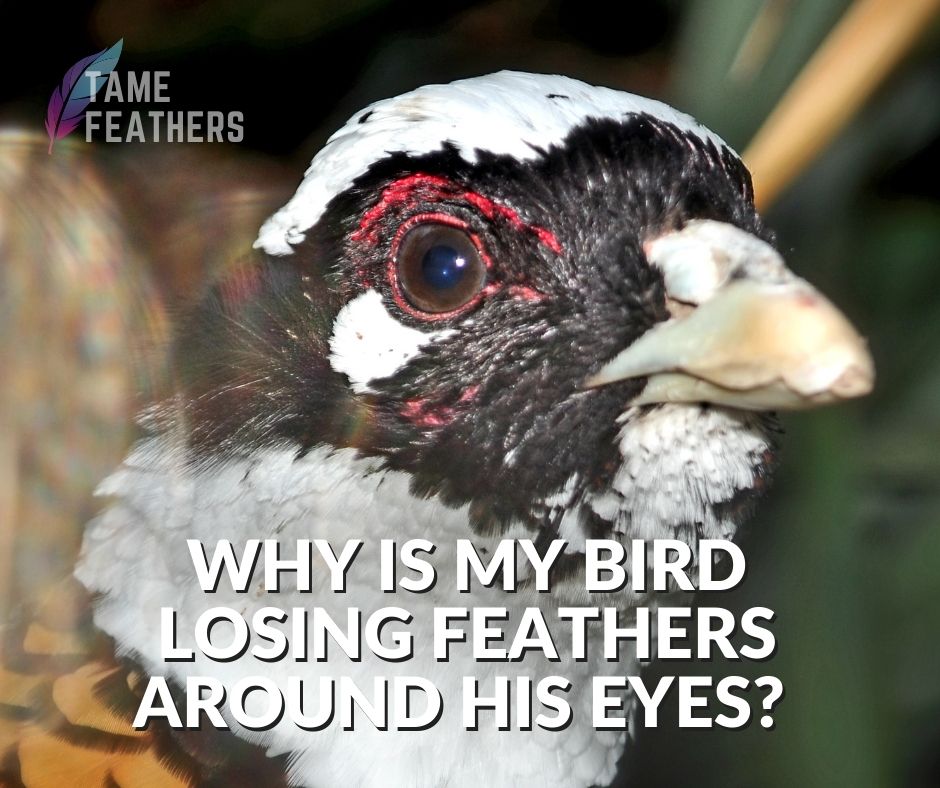Do you own a parakeet or are you considering buying one? If so, this is the guide for you! Parakeets can be great and interesting pets, but they need adequate care to stay healthy and happy. This detailed guide will cover everything from feeding your parakeet to creating an optimum living environment. With the information provided here, you will have all you need to offer your pet bird the best life possible! So, let us begin with The Ultimate Guide to Caring For A Parakeet: Everything You Need To Know.
Types of Parakeets
Parakeets are a type of parrot that range in size and color, and they are known for their high levels of activity. The budgerigar, sometimes known as a “budgie,” is the species that is kept the most frequently and can have either a green or blue coloring. Other types of parakeets include the Monk parakeet, the Alexandrine parakeet, and the Ring-necked parakeet.
The different varieties range in size, with the Alexanderine being the largest and the Monk being the smallest. Some of them have more vivid coloring than others. For instance, the Ring-necked Pheasant often has an orange head with yellow body feathers, whereas Budgies will typically have a bright green body with black markings on its wings.
Where To Get A Parakeet?
Pet shops sell parakeets, and groups that rescue birds also sometimes have them available for adoption. If you choose to buy one from a pet store, take the necessary precautions to ensure that it is healthy before committing to keeping it as a pet. Inquire about its medical history and look for symptoms of illness, such as eye discharge or feather loss.
If you adopt a parrot from a nonprofit organization, you will have the peace of mind of knowing that the bird you took home was previously in good hands and had proper care before being re-homed. In addition, many organizations that help animals in need offer support services, such as veterinary treatment and training advice, when it’s required.
Housing Your Parakeet
The first thing you’ll need to do to take care of your new feathery buddy is to give them a home that’s suitable for them. The enclosure needs to be roomy enough for them to walk around freely without appearing uncomfortable (at least 18 inches square). In addition to swings and ladders, their enclosure ought to feature perches as well. Bird toys, such as those made especially for them, should also be provided.
It is crucial to maintain their living area clean by frequently removing droppings and food debris as this helps prevent infections such as Salmonella infection which could potentially endanger both human members of the household as well as other pets that are in the area.
“Taming” Your Parakkeet
Although it’s certainly going to take some time before your new companion trusts you entirely, there are a few different approaches that experienced owners take when they first meet their new pets, including the following: Talk quietly near their cage door, provide goodies through the bars of their enclosure using tongs or tweezers (avoid using your hands), and gradually transition to hand feeding them once they are comfortable doing so. Patience is rewarded in this situation. During the handling sessions, you may also want to think about getting some accessories for the cage, such as perch coverings or cage skirts, which assist provide dark hiding spaces where the animals may feel safe.
.
“Introducing them into your home
Once trust has been established between you and your bird, it is time to introduce them into the household. To do this, start slowly by doing things like placing the bird’s cage near people but far away from other animals and children, and then gradually increasing the amount of time you spend with the bird over the course of days, weeks, and months. Once the individual is comfortable leaving their environment, remember not to leave them unattended and keep a tight watch to ensure they are not in danger. Check the windows, the walls, the furnishings, and any potential dangers. Always strive to preserve positive relationships and steer clear of situations that could lead to negative reinforcement.
.
“Dietary Needs”
Despite the fact that seed mix is frequently used as a dietary staple, supplementing it with fresh fruits, vegetables, greens, millet sprays, almonds, eggs, boiled chicken, and lean meat periodically provides the balanced meals that are required for excellent health. Feed seasonal products that are accessible locally throughout the year and avoid feeding processed foods. artificial colorings, preservatives, and the like Do not forget that excessive amounts of sugar can cause hazardous bacteria to grow up in water bowls; change bedding once a week; and clean the entire cage once a month.
.
FAQs About Parakeets
How do you take care of a parakeet for beginners?
For beginners, taking care of a parakeet requires providing the bird with a suitable cage, fresh food and water daily, regular cleaning of the cage and toys for enrichment. Additionally, it is important to provide your parakeet with plenty of out-of-cage time for exercise and socialization.
Are parakeets easy to care for?
Yes, parakeets are relatively easy to care for. They require a clean cage and fresh food and water daily. They also need plenty of toys and perches to keep them entertained. Additionally, they benefit from regular interaction with their owners in order to stay healthy and happy.
What should you not do with a parakeet?
You should not handle a parakeet roughly, as this can cause them to become stressed and scared. Additionally, you should avoid feeding your parakeet chocolate or avocado, as these foods are toxic to birds.
Do you have to cover your parakeet at night?
It is not necessary to cover your parakeet at night, but it can help them feel more secure and comfortable. If you do choose to cover them, make sure the covering is light and breathable so they don’t overheat.
We Thought You Might Want To Know This About Parakeets… 😊
Need a new cage for your parakeet? Check out our selection of
parakeet bird cages






